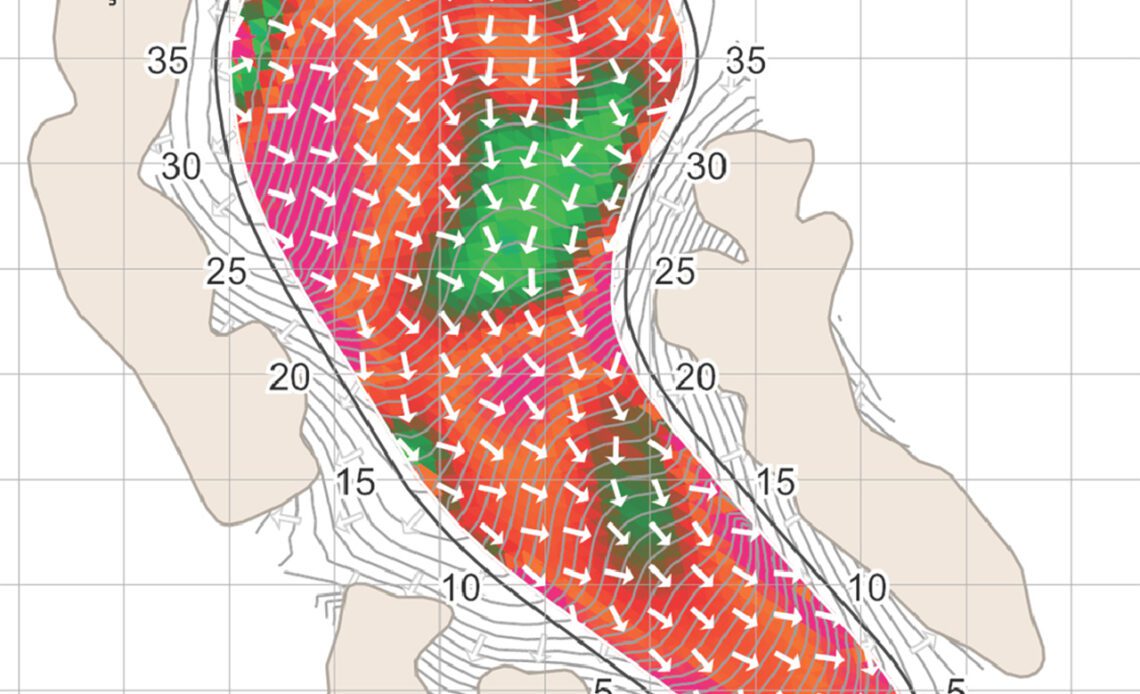USGA officials always say they want to test every part of a player’s game at the U.S. Open. John Bodenhamer, the ruling body’s chief championships officer, said he wants to see players have to hit it high, low, left to right and right to left – get every club in the bag dirty. Players better have every shot in the bag, as the old cliché goes.
But a lob wedge off a tee? That’s a new one. And that option likely will come into play at least once this week at Los Angeles Country Club’s North Course, as the USGA might set up the par-3 15th around 80 yards long – the shortest par 3 in modern U.S. Open history.
The 15th is officially listed as 124 yards long, but the USGA utilized a forward tee and set it up at 78 yards for the Saturday singles matches in the 2017 Walker Cup, the biennial competition between a team of amateurs from the U.S. and another from Great Britain and Ireland. The USGA hasn’t confirmed it will set the 15th at a similar length this week, but it’s a safe bet – keep an eye on Saturday’s hole locations sheet.
In that Walker Cup, players recorded four birdies, nine pars and one bogey on the shortened 15th hole. Some players aimed left of the flag to take advantage of a mound in the green that can help stop a ball, while others took direct aim at the cup. American Will Zalatoris missed the green but made par from one of two large bunkers guarding that sliver of putting surface.
The StrackaLine heat map for the 15th green at Los Angeles Country Club’s North Course (courtesy of StrackaLine)
Some facts: The green features a long tongue that sticks out toward the front right. That area is only eight paces across, and the firm and bouncy putting surface is tilted as much as 3 degrees from left to right. It’s a tiny target, forcing players to control spin as well as distance.
Which brings us back to hitting lob wedge off a tee. It’s not a shot the pros practice much, if ever. Sounds easy – every shot is supposed to be simpler off a tee, right? That’s kind of the point of a tee. But the extremely lofted face of a lob or sand wedge can easily slide under a ball on a tee, sometimes making precise contact more difficult. Instead of smashing down on a lofted wedge, as pros typically do so well, there’s a chance of catching the ball one or two grooves too high on the face and watching it flutter off without much control.
Count on some players just hitting the tee shot from the ground, as they normally would with a…
..
Click Here to Read the Full Original Article at Golfweek…
